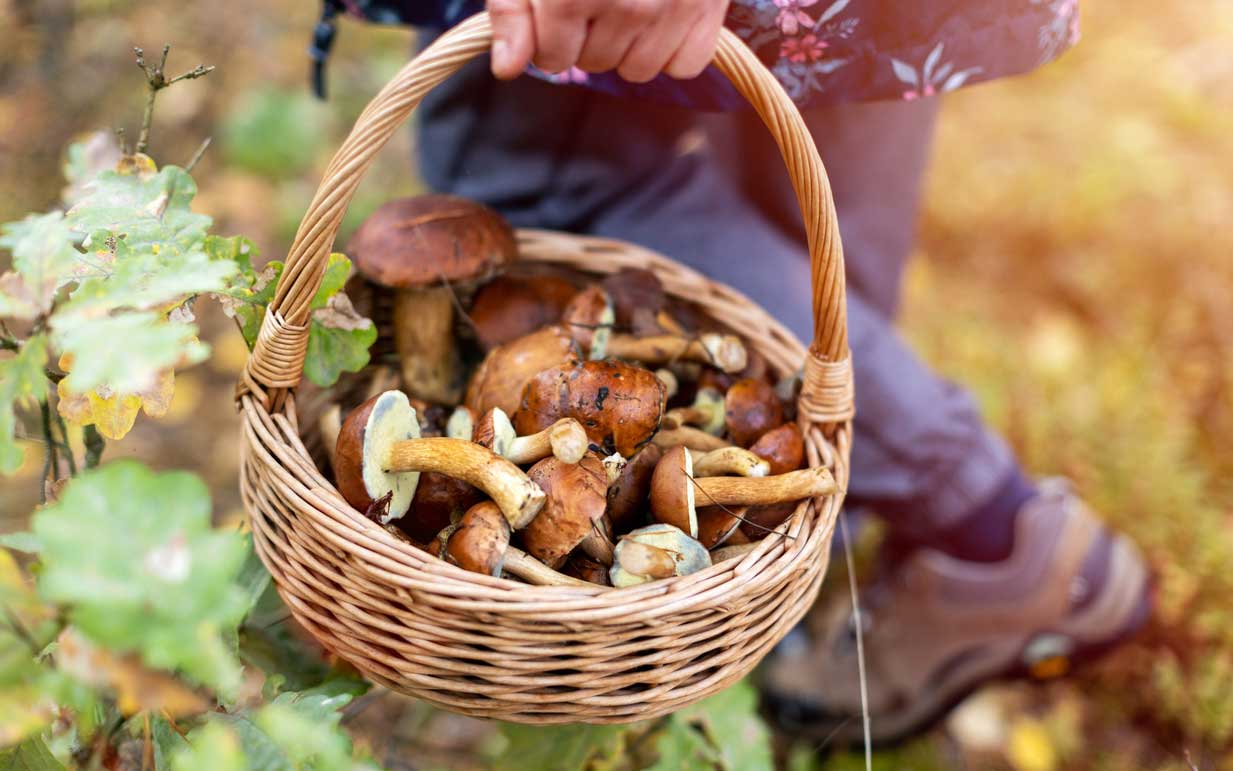

Articles
How To Store Foraged Mushrooms
Modified: February 29, 2024
Learn how to properly store foraged mushrooms in this informative article. Find out the best methods and tips to preserve their flavor and freshness.
(Many of the links in this article redirect to a specific reviewed product. Your purchase of these products through affiliate links helps to generate commission for Storables.com, at no extra cost. Learn more)
Introduction
Foraging for mushrooms is a rewarding and exhilarating experience. The thrill of spotting a hidden treasure nestled among the forest floor and the anticipation of bringing it home to share a delicious meal is unmatched. However, knowing how to properly store foraged mushrooms is crucial to preserving their flavor and ensuring their safety for consumption.
Whether you stumbled upon some wild chanterelles or came across a patch of morel mushrooms, understanding the proper storage techniques is essential. In this article, we will guide you through the steps of choosing the right mushrooms, cleaning them properly, and storing them in a way that maintains their quality and extends their shelf life.
Key Takeaways:
- Embrace the art of mushroom storage by educating yourself on safe foraging, proper cleaning, and storage techniques. Extend the lifespan of your foraged mushrooms and savor their flavors year-round.
- Whether foraging for fresh, dried, or preserved mushrooms, follow specific storage guidelines to maintain their quality. From refrigeration to desiccant-filled containers, ensure your mushrooms stay fresh and safe for consumption.
Read more: How To Store Mushrooms
Choosing the Right Mushrooms
When it comes to foraging for mushrooms, it’s important to have a clear understanding of which species are safe to consume. There are various types of wild mushrooms, with some being delicious and edible, while others can be toxic or even fatal if ingested. Therefore, it’s vital to educate yourself about the specific types of mushrooms that grow in your region and learn how to identify them correctly.
One way to ensure you are choosing the right mushrooms is to go foraging with an experienced guide or join a local mushroom hunting club. These experts can educate you on the different species, their identifying characteristics, and any look-alikes that might be dangerous to consume. Additionally, they can provide valuable insights on where and when to find specific mushrooms.
If you choose to go foraging solo, it is crucial to invest time in learning about the mushrooms that grow in your area. Study field guides, attend workshops, and participate in mushroom identification walks to enhance your knowledge. It’s also important to remember that mushroom identification can be challenging, so if you have any doubts about a particular mushroom’s safety, it is always best to err on the side of caution and leave it behind.
When selecting mushrooms, opt for ones that are firm, fresh-looking, and free from any signs of decay or bruising. Younger mushrooms tend to have a firmer texture and more vibrant colors, while older mushrooms may have a softer texture and a duller appearance.
Additionally, pay attention to the mushroom’s scent, as some types have distinct aromas that can help with identification. For example, morels have a unique earthy fragrance, while chanterelles emit a fruity and slightly spicy aroma.
Remember, proper identification is crucial for your safety, so if you have any doubts about a mushroom you have foraged, seek guidance from an expert or knowledgeable source.
Cleaning the Mushrooms
Before storing foraged mushrooms, it is essential to clean them properly to remove any debris, dirt, or insects that may have hitchhiked their way into your harvest. Cleaning mushrooms not only ensures their visual appeal but also helps maintain their flavor and quality.
The first step in cleaning mushrooms is to gently brush off any dirt or debris using a soft-bristled brush or a damp cloth. This method is especially useful for mushrooms with delicate caps that might become damaged if washed with water.
If the mushrooms are particularly dirty or have stubborn debris, you can lightly rinse them under cold running water. However, be careful not to soak them, as mushrooms are porous and can quickly absorb water, which can affect their texture and flavor.
To prevent excessive moisture absorption, you can quickly rinse the mushrooms and pat them dry with a clean kitchen towel or paper towels. Avoid rubbing the mushrooms vigorously, as this can cause damage.
It is important to note that not all mushrooms are suitable for washing. Some varieties, like porcini, morels, and matsutake, should be wiped clean with a damp cloth to preserve their delicate and unique flavors. These mushrooms have a spongy texture and water can easily get trapped in their crevices, compromising their taste.
Once the mushrooms are clean and dry, it’s time to move on to the next step, which is storing them properly to maintain their freshness. Let’s explore the different techniques for storing both fresh and dried mushrooms.
Proper Storage Techniques
Proper storage techniques are essential to maintain the quality, flavor, and shelf life of foraged mushrooms. Whether you have fresh mushrooms, dried mushrooms, or preserved mushrooms, following the right storage methods will ensure that they stay in optimal condition for as long as possible.
Here are the key storage techniques for different types of mushrooms:
- Storing Fresh Mushrooms: Fresh mushrooms are best stored in a breathable container. Avoid using plastic bags or airtight containers, as they can trap moisture and lead to faster spoilage. Instead, transfer the mushrooms to a paper bag or wrap them loosely in a paper towel. Place the bag or wrapped mushrooms in the refrigerator’s vegetable crisper drawer, which provides a cool and slightly humid environment. Avoid storing fresh mushrooms for too long, as they are best consumed within a few days of harvesting.
- Storing Dried Mushrooms: Dried mushrooms are incredibly versatile and have a longer shelf life than fresh mushrooms. To store dried mushrooms, place them in an airtight container or resealable bag and store them in a cool, dry, and dark place, such as a pantry or cupboard. Make sure there is no moisture present, as it can lead to spoilage. Properly stored dried mushrooms can stay flavorful for several months to a year.
- Storing Preserved Mushrooms: If you have preserved mushrooms, such as pickled mushrooms or mushrooms in oil, they usually come in a jar or can with an airtight seal. Once opened, transfer the mushrooms along with the preserving liquid to a clean, airtight container and refrigerate. Make sure the mushrooms are fully submerged in the preserving liquid to prevent spoilage. Stored this way, preserved mushrooms can last for several weeks in the refrigerator.
- Storing Mushroom Spores: If you are interested in collecting and storing mushroom spores for future cultivation, it’s important to store them in a sterile and moisture-free environment. Use a clean, airtight container and fill it with a desiccant, such as silica gel or dry rice, to absorb any moisture. Place the mushroom spores on a piece of aluminum foil or wax paper and fold it into a small bundle. Store the spores in the desiccant-filled container and keep it in a cool, dark place until you are ready to use them.
It’s worth noting that different mushroom species have specific storage requirements, so it’s always a good idea to research the optimal storage methods for the specific mushrooms you have foraged.
By following these proper storage techniques, you can ensure that your foraged mushrooms stay fresh, flavorful, and safe for consumption for as long as possible.
Storing Fresh Mushrooms
Freshly foraged mushrooms are a culinary delight, and proper storage is essential to maintain their freshness and flavor. When storing fresh mushrooms, it’s important to create the ideal environment that preserves their delicate texture and prevents spoilage.
Here is a step-by-step guide on how to store fresh mushrooms:
- Start by gently brushing off any visible dirt or debris from the mushrooms using a soft-bristled brush or a damp cloth. Avoid washing them if possible, as excess moisture can cause the mushrooms to deteriorate quickly.
- Next, choose a breathable container for storage, such as a paper bag or a container with ventilation holes. Avoid using plastic bags or airtight containers, as they can trap moisture and promote the growth of mold.
- If the mushrooms are large, you can leave them whole. However, for smaller mushrooms or those with large caps, consider slicing or cutting them into smaller, manageable pieces.
- Place the mushrooms in a single layer inside the chosen container. Avoid overcrowding, as this can cause the mushrooms to become squished and accelerate spoilage.
- For an added layer of protection, place a piece of clean, dry paper towel or a folded paper napkin on top of the mushrooms to absorb any excess moisture.
- Store the container of mushrooms in the refrigerator’s vegetable crisper drawer, which provides a cool and slightly humid environment. The temperature should be around 34-38°F (1-3°C), with a relative humidity of 85-95%.
- Avoid storing fresh mushrooms for an extended period, as they are best consumed within a few days of harvest to enjoy their optimal flavor and texture.
It’s important to note that different mushrooms have varying storage capacities. Delicate varieties such as morels and chanterelles are highly perishable and should be consumed as soon as possible for the best culinary experience. Hardier mushrooms like shiitake or portobello can last a bit longer when stored properly.
Before using the stored mushrooms, inspect them for any signs of spoilage. Discard any mushrooms that have developed a slimy texture, discolored or dried-out spots, or a foul odor. Always prioritize your safety and avoid consuming mushrooms that appear questionable.
By following these guidelines, you can extend the freshness and lifespan of your foraged fresh mushrooms, allowing you to savor their incredible flavors in various culinary creations.
After foraging for mushrooms, store them in a paper bag in the refrigerator to keep them fresh. Avoid storing them in plastic, as it can cause them to become slimy.
Read more: How To Store Shiitake Mushrooms
Storing Dried Mushrooms
Dried mushrooms are a versatile pantry staple that can be used in a wide variety of dishes, from soups and sauces to stir-fries and risottos. Proper storage is essential to maintain their flavor, texture, and nutritional value for an extended period.
Here are the steps to store dried mushrooms properly:
- Ensure that your dried mushrooms are completely dry and free from any moisture. Moisture can lead to the growth of mold or spoilage.
- Choose an airtight container or resealable bag that is suitable for long-term storage. Glass jars with tight-fitting lids or vacuum-sealed bags work well for this purpose.
- Place the dried mushrooms into the container or bag, ensuring that they are in a single layer. Avoid crushing or breaking them, as this can result in loss of flavor.
- Store the container or bag in a cool, dry, and dark place, such as a pantry or cupboard. The ideal temperature for storing dried mushrooms is around 50-70°F (10-21°C).
- Avoid exposing the dried mushrooms to direct sunlight or high humidity, as this can cause them to degrade faster.
- Check the container or bag periodically to ensure that there is no moisture buildup or signs of spoilage. If you spot any moisture or mold, discard the affected mushrooms and transfer the rest to a new container.
Properly stored dried mushrooms can maintain their quality for several months to a year, depending on the variety. However, it’s always a good practice to check the expiration date or recommended shelf life provided by the manufacturer, especially if you purchased pre-packaged dried mushrooms.
When using dried mushrooms in your recipes, rehydrate them before incorporating them into your dishes. To rehydrate, simply place the desired amount of mushrooms in a bowl and cover them with hot water or broth. Allow them to soak for about 20-30 minutes until they become plump and tender. Drain the excess liquid, and they are ready to be used in your favorite recipes.
Remember to adjust the amount of dried mushrooms you use in your recipes, as they will expand during the rehydration process.
By following these storage guidelines, you can ensure that your dried mushrooms retain their robust flavors and add depth to your culinary creations long after they’ve been foraged or purchased.
Storing Preserved Mushrooms
Preserving mushrooms through methods like pickling or marinating allows you to enjoy their unique flavors and textures even when they are out of season. Proper storage techniques are crucial to maintain the quality and safety of these preserved delights.
Here’s how to store different types of preserved mushrooms:
- Pickled Mushrooms: If you have pickled mushrooms, whether store-bought or homemade, it’s important to transfer them to a clean, airtight container once opened. Make sure the mushrooms are fully submerged in the pickling liquid, such as vinegar or brine. This prevents spoilage and helps maintain their taste and texture. Store the container in the refrigerator, and the pickled mushrooms should stay fresh for several weeks.
- Mushrooms in Oil: If you have mushrooms preserved in oil, such as oil-packed mushrooms or confit, take care to store them properly to prevent bacterial growth. Once opened, transfer the mushrooms along with the preserving oil to a clean, airtight container. Make sure the mushrooms are fully coated and submerged in the oil. Store the container in the refrigerator, and the oil-packed mushrooms should stay fresh for several weeks. It’s important to note that oil-packed mushrooms have a shorter shelf life compared to pickled mushrooms, so consume them within a reasonable timeframe.
- Mushroom Paste or Spread: Mushroom paste or spread, such as mushroom tapenade or pâté, should be stored in an airtight container in the refrigerator. Ensure that the paste is covered with a thin layer of olive oil to prevent air exposure, which can cause discoloration and spoilage. Stored this way, mushroom paste can last for several weeks. However, always check for any signs of spoilage, such as an off smell or unusual texture, before consuming.
When using preserved mushrooms in your culinary creations, always use clean utensils and avoid cross-contamination. Spoon out the desired amount of mushrooms or paste without introducing any contaminants that can lead to spoilage.
It’s worth mentioning that the storage time for preserved mushrooms can vary depending on the specific recipe, ingredients, and preparation method used. Always refer to any storage instructions provided with the preserved mushrooms or consult reputable sources for guidance.
By following these storage techniques, you can ensure that your preserved mushrooms retain their flavors, textures, and quality, allowing you to enjoy their unique profiles in various dishes.
Storing Mushroom Spores
If you’re interested in cultivating mushrooms, collecting and storing mushroom spores is an essential practice. Proper storage techniques are crucial to ensure the viability and longevity of the spores, allowing you to successfully propagate them in the future.
Here’s how to store mushroom spores:
- Ensure Sterility: Before collecting mushroom spores, it’s critical to create a sterile environment to prevent contamination. Clean your working area, tools, and containers with disinfectants such as rubbing alcohol or a bleach solution. This helps eliminate any unwanted microorganisms that could interfere with the spores’ viability.
- Collecting Spores: To collect mushroom spores, select a mature mushroom with a fully opened cap. Place the mushroom cap, gill-side-down, on a sterile surface like a clean piece of aluminum foil or wax paper. Cover the mushroom with a clean container, like a glass bowl or jar, ensuring that it creates a sealed environment.
- Allow Spore Release: Leave the covered mushroom undisturbed for several hours or overnight, allowing the spores to drop onto the foil or paper. The spores will appear as a colored dust or a pattern on the surface beneath the mushroom cap.
- Transfer and Storage: Once the spores have been collected, carefully fold the foil or paper, enclosing the spore pattern or dust. Place the spores inside a clean, airtight container, like a small glass vial, along with a desiccant. Desiccants, such as silica gel or dry rice, help absorb any moisture and maintain the spores’ longevity.
- Label and Store: Label the container with the mushroom species and collection date. Store the spores in a cool, dark place, free from moisture or extreme temperature fluctuations. A refrigerator or a cool basement can be suitable storage locations.
- Handling Precautions: When handling the spores, avoid direct contact with your skin or any other contaminants. Wear gloves and use sterilized tools to prevent contamination. Additionally, ensure that the container remains sealed to prevent any moisture or unwanted particles from entering.
It’s important to note that the viability of mushroom spores can vary depending on the species and maintenance of sterile conditions during collection and storage. While some spores can remain viable for years, others may have a shorter lifespan.
When you’re ready to use the stored spores for mushroom cultivation, follow proper cultivation techniques, such as agar or grain cultures, to propagate them into mycelium and eventually grow mushrooms.
By following these storage techniques and maintaining a sterile environment, you can preserve the viability of mushroom spores, allowing you to cultivate your desired mushroom species whenever the time is right.
Tips and Tricks for Mushroom Storage
Proper storage is key to maintaining the freshness, flavor, and quality of your foraged or purchased mushrooms. Alongside the specific storage techniques for different types of mushrooms, here are some additional tips and tricks to help you make the most of your mushroom storage:
- Handle Mushrooms with Care: Mushrooms are delicate and can easily bruise or become damaged. Handle them gently to avoid any unnecessary bruising, as this can accelerate spoilage.
- Store Mushrooms Separately: Different types of mushrooms have varying shelf lives and moisture content. It’s best to store different varieties separately to prevent moisture transfer and potential spoilage.
- Don’t Wash Mushrooms Before Storage: The excess moisture from washing can accelerate spoilage. It’s best to clean mushrooms right before use rather than washing them prior to storage.
- Label and Date Containers: When storing mushrooms, label the containers with the type of mushroom and the storage date. This ensures proper rotation, allowing you to use the oldest mushrooms first.
- Inspect Regularly: Check your stored mushrooms regularly for any signs of spoilage or mold. Remove any affected mushrooms promptly to prevent the spread of spoilage to other mushrooms.
- Freeze Mushrooms: If you have an abundance of mushrooms that you can’t consume within their fresh shelf life, consider freezing them. Slice or chop the mushrooms and spread them in a single layer on a baking sheet. Once frozen, transfer them to a resealable bag or airtight container, and they can be stored in the freezer for several months. Frozen mushrooms are best suited for cooked dishes rather than raw consumption.
- Preserve Mushrooms in Different Forms: Experiment with different preservation methods, such as drying, pickling, or making mushroom powders. This allows you to enjoy the flavors of mushrooms even when they are out of season.
- Store Mushroom Powder: If you have powdered mushrooms, store them in airtight containers away from heat and moisture. Use them to add mushroom flavor to sauces, soups, or seasoning blends.
- Share the Harvest: If you have an abundance of fresh mushrooms, consider sharing them with friends, family, or neighbors who appreciate and enjoy them. This prevents waste and ensures that the mushrooms are enjoyed at their freshest state.
- Know Your Mushroom: Different mushroom varieties have unique storage requirements. Research and familiarize yourself with the specific storage conditions for the mushrooms you are working with to ensure optimal shelf life and quality.
By following these tips and tricks, you can extend the shelf life of your mushrooms, minimize waste, and enjoy their flavors in various culinary delights throughout the year.
Read more: How To Store Mushroom Chocolates
Conclusion
Properly storing foraged mushrooms is essential to maintain their flavor, texture, and safety for consumption. Whether you have fresh mushrooms, dried mushrooms, preserved mushrooms, or mushroom spores, following the right storage techniques will ensure that you can enjoy their unique qualities for as long as possible.
When it comes to choosing the right mushrooms, education and identification are key. Familiarize yourself with the safe and edible mushrooms in your region, and always exercise caution when foraging. Properly cleaning the mushrooms before storage helps remove dirt and debris, ensuring their visual appeal and maintaining their quality.
For fresh mushrooms, store them in breathable containers like paper bags in the refrigerator’s vegetable crisper drawer. Avoid washing them unless absolutely necessary, as excess moisture can lead to spoilage. Dried mushrooms can be stored in airtight containers in a cool, dry place, while preserved mushrooms should be placed in clean, airtight containers and refrigerated.
If you’re interested in cultivating mushrooms, storing mushroom spores properly is crucial. Maintain sterility during the collection process and store the spores in a clean, airtight container with a desiccant for moisture absorption.
Remember to handle mushrooms with care, label and date your containers, and regularly inspect them for any signs of spoilage. Consider freezing mushrooms or exploring different preservation methods to extend their shelf life and enjoy their flavors year-round.
By following these guidelines and adopting the tips and tricks shared in this article, you can make the most of your foraged mushrooms. Whether you’re enjoying them in a savory dish, a flavorful sauce, or as part of a homemade mushroom soup, their taste and essence will be preserved, allowing you to savor the wonder of the forest long after your foraging adventures.
So go forth and embrace the art of mushroom storage, and may your future culinary creations be enhanced by the beauty and flavors of these incredible fungi.
Frequently Asked Questions about How To Store Foraged Mushrooms
Was this page helpful?
At Storables.com, we guarantee accurate and reliable information. Our content, validated by Expert Board Contributors, is crafted following stringent Editorial Policies. We're committed to providing you with well-researched, expert-backed insights for all your informational needs.
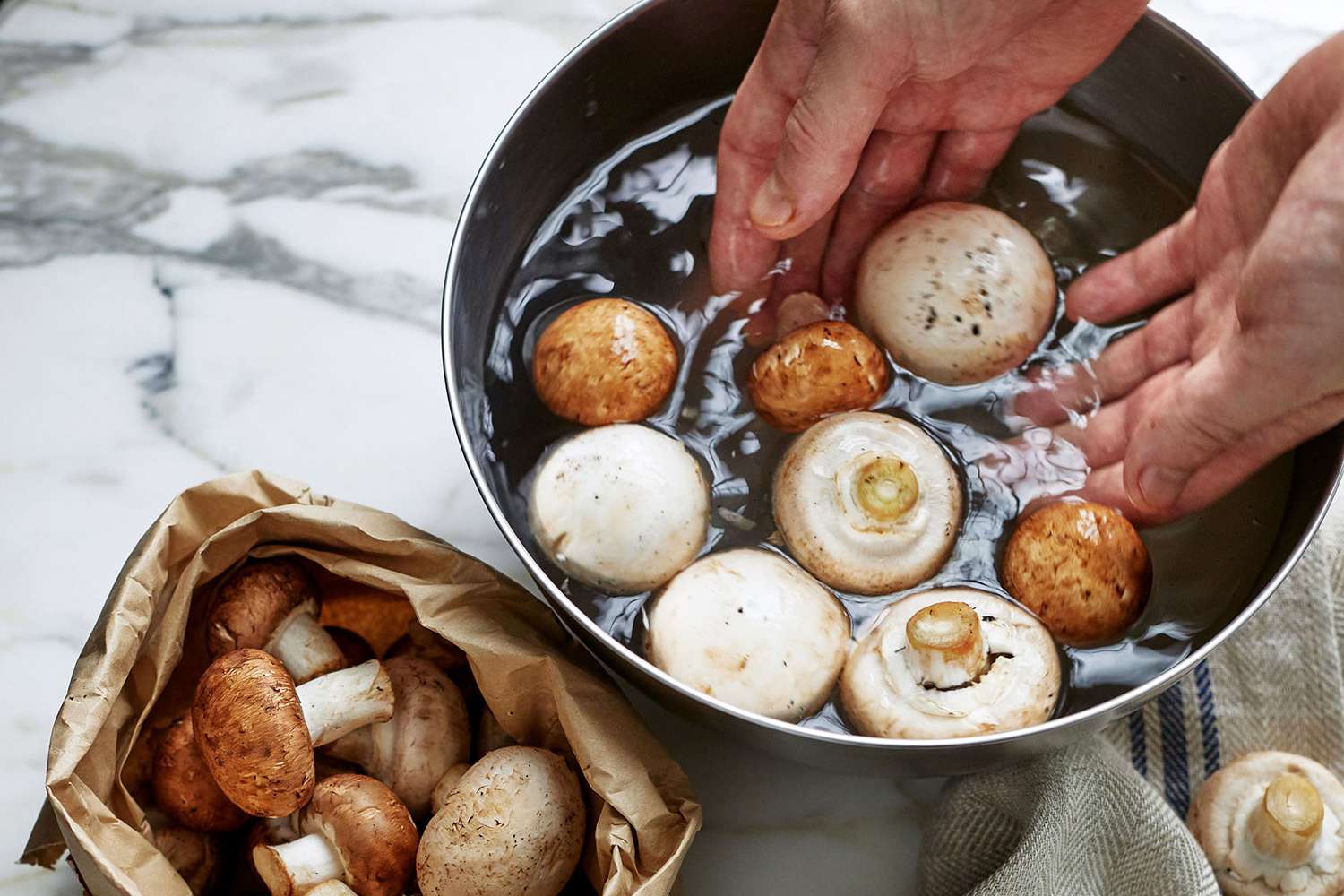
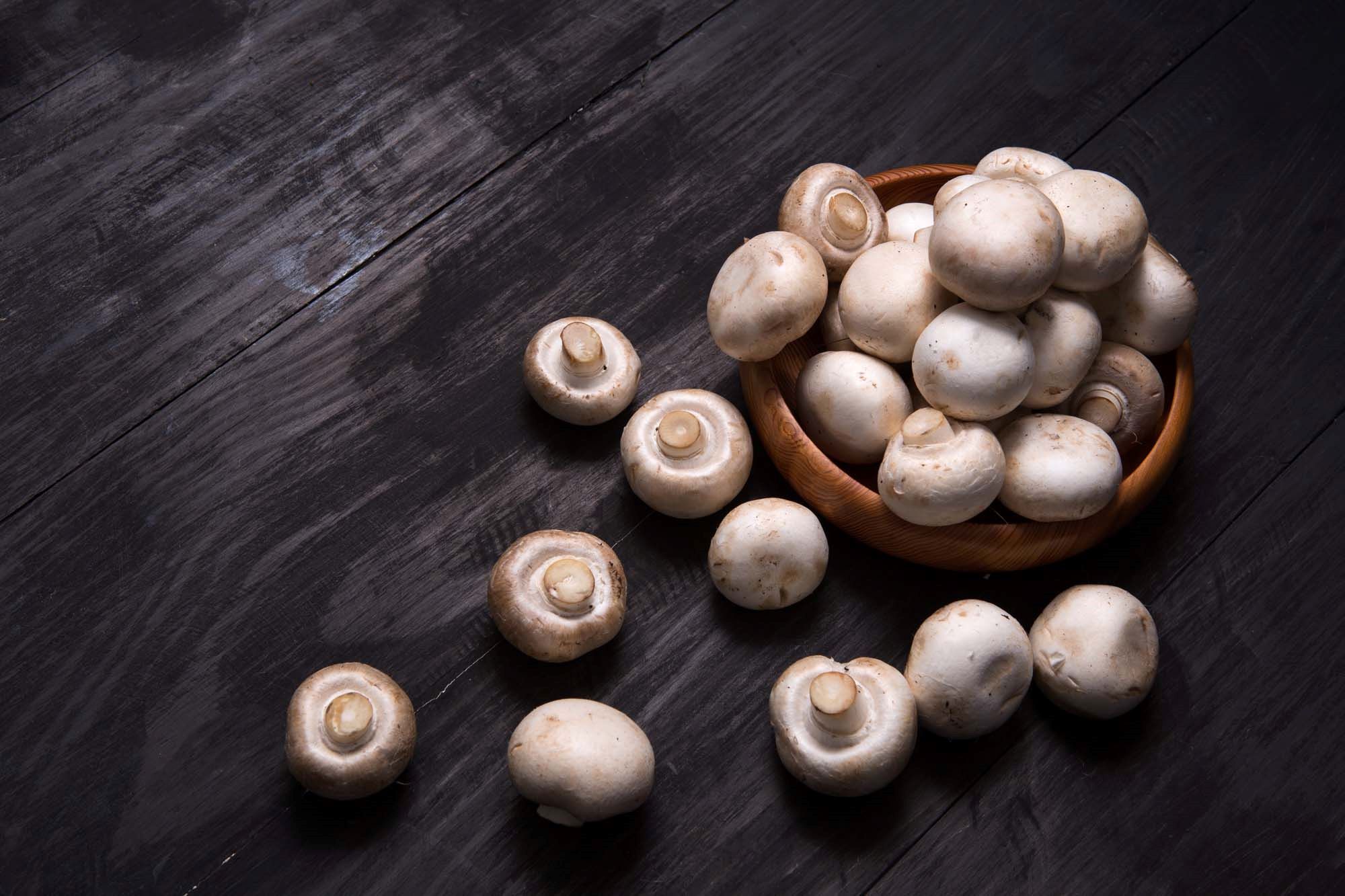
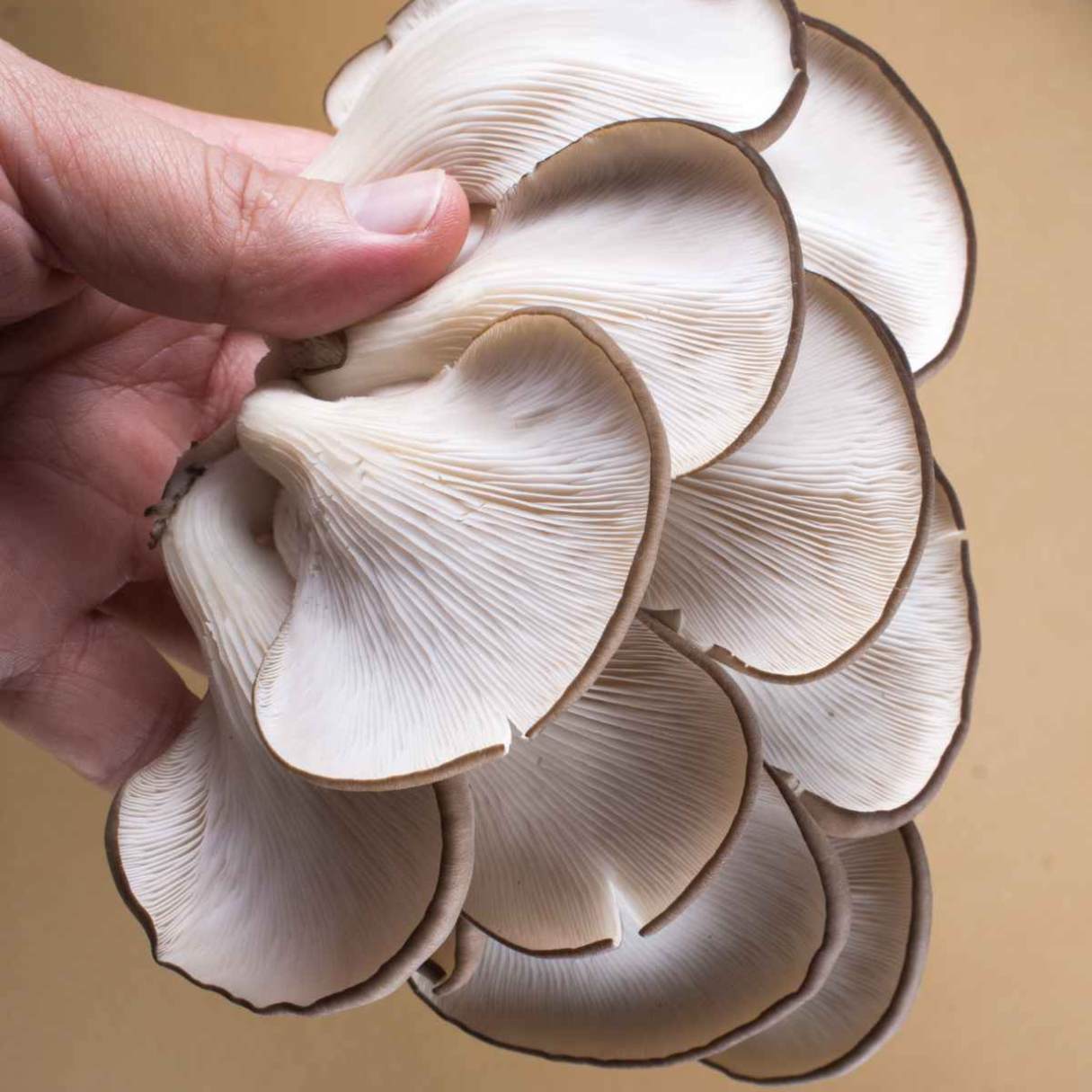
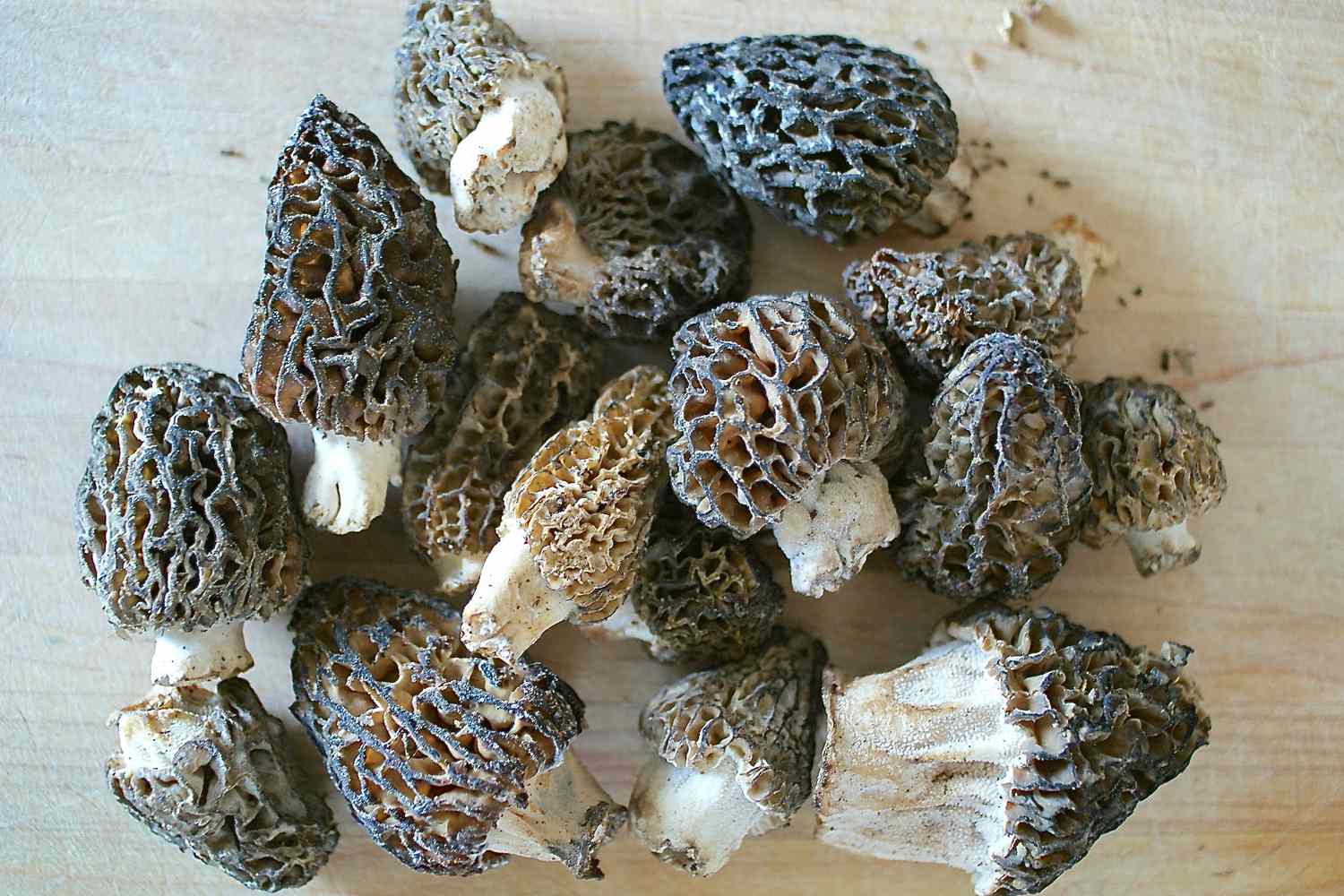
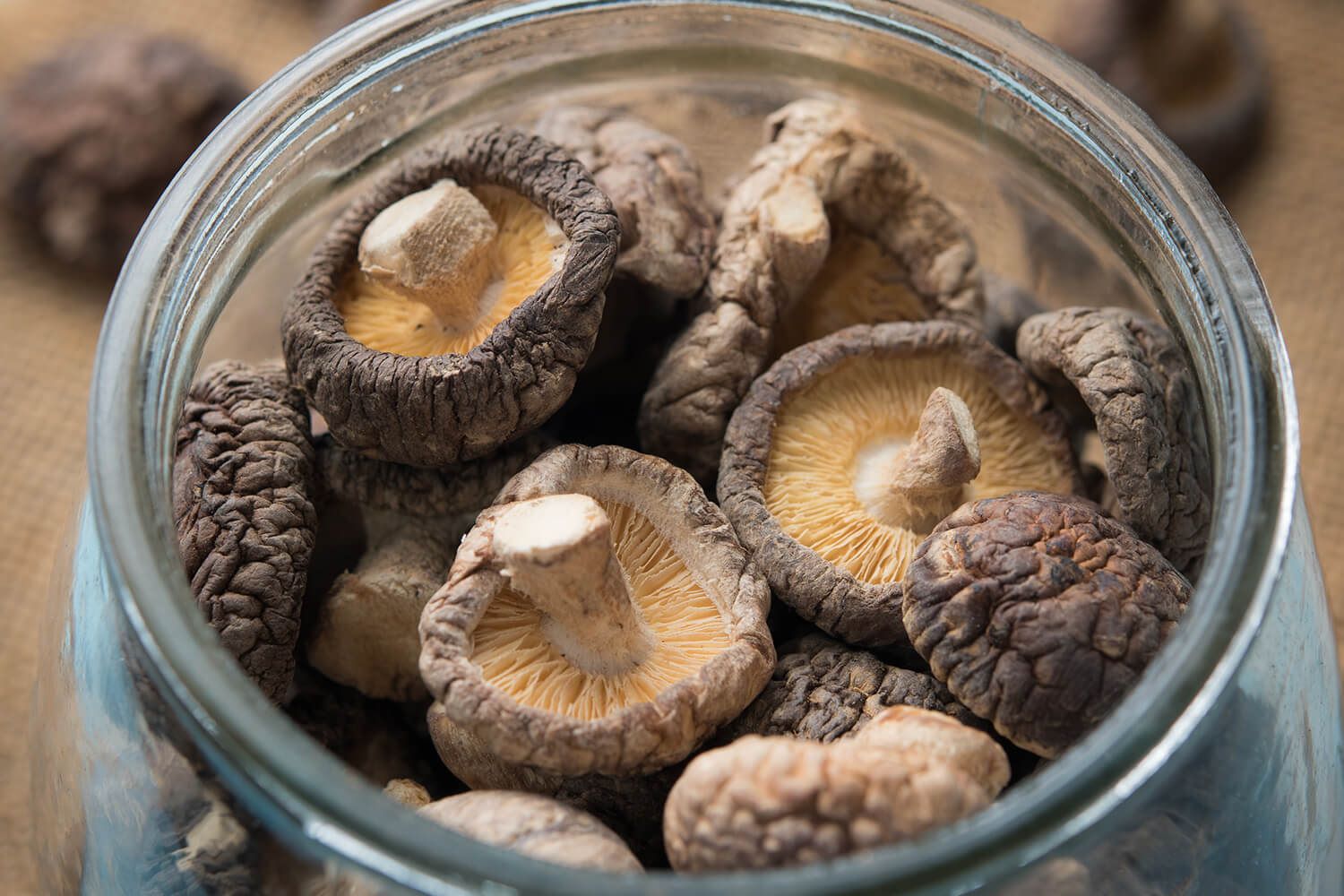
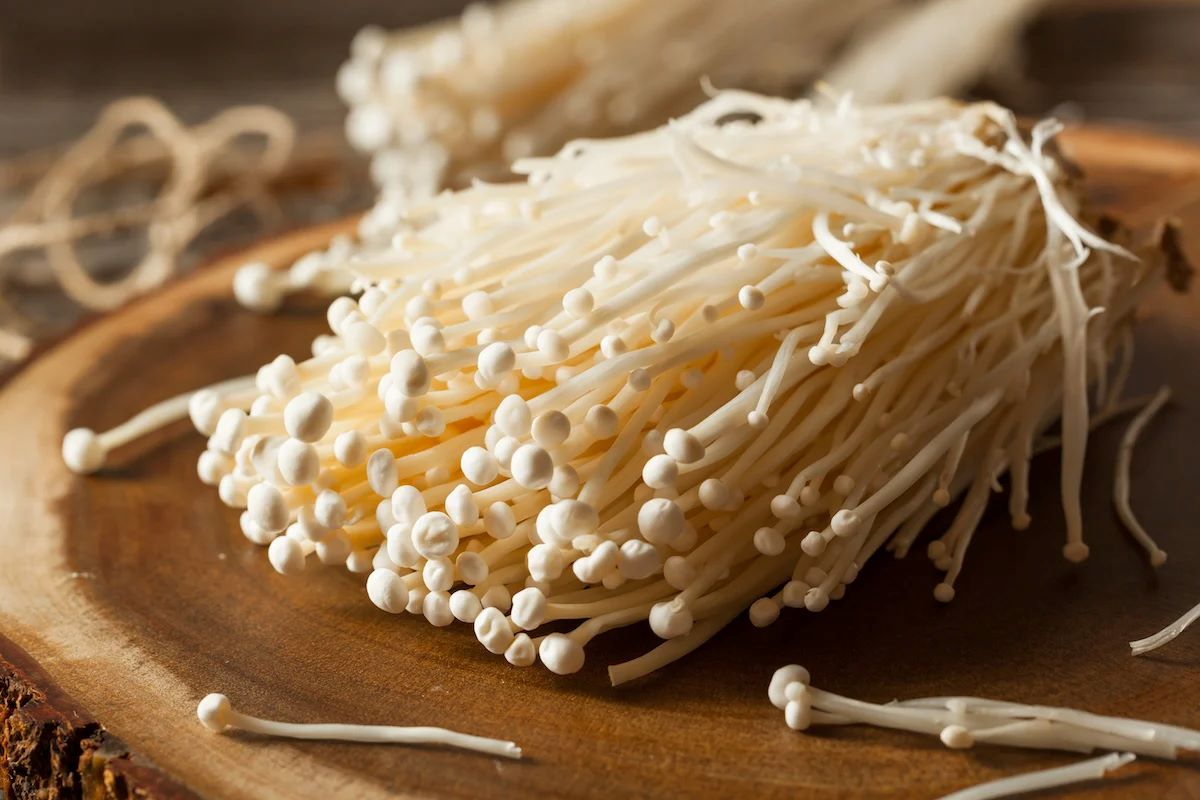
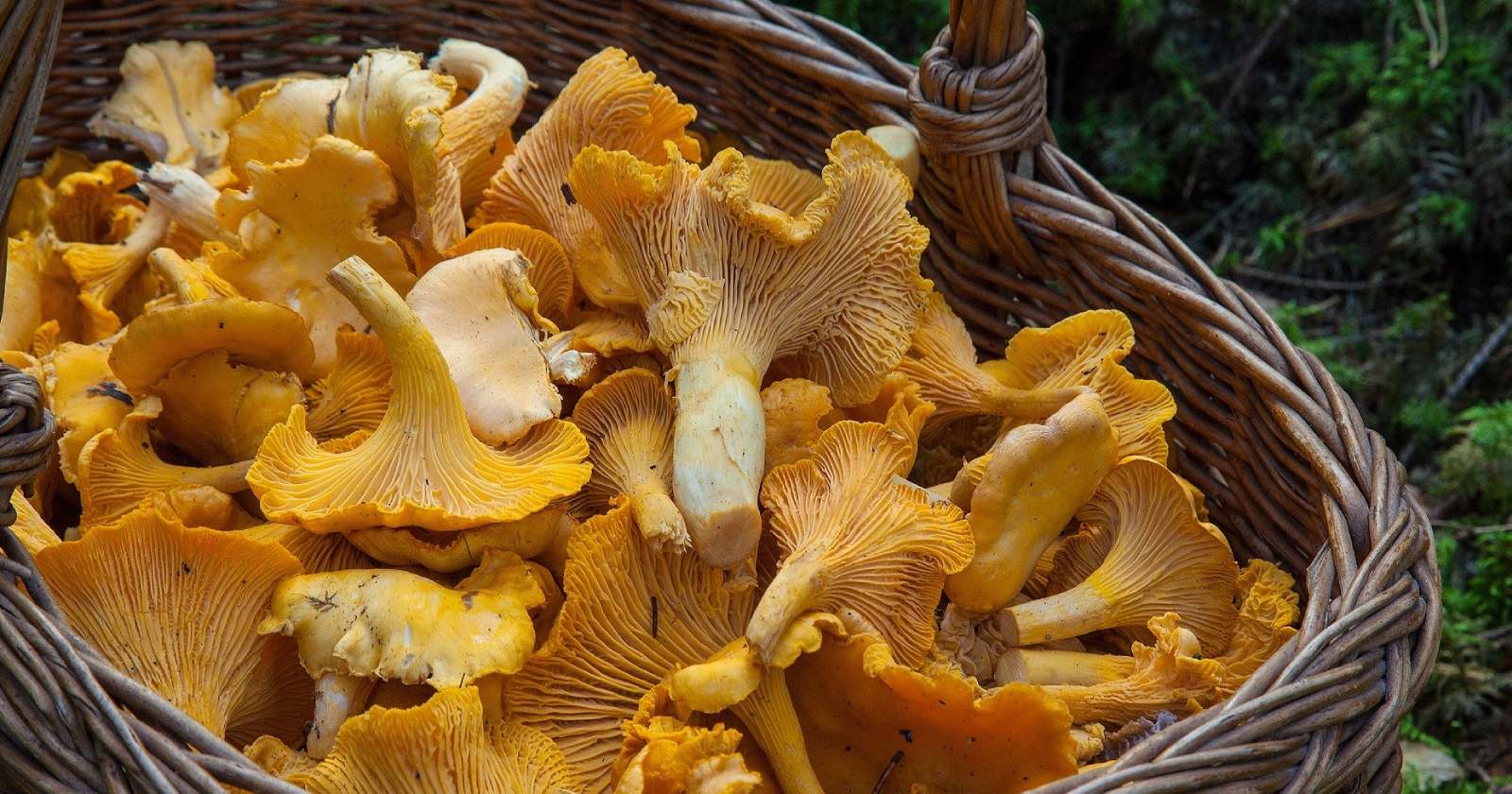
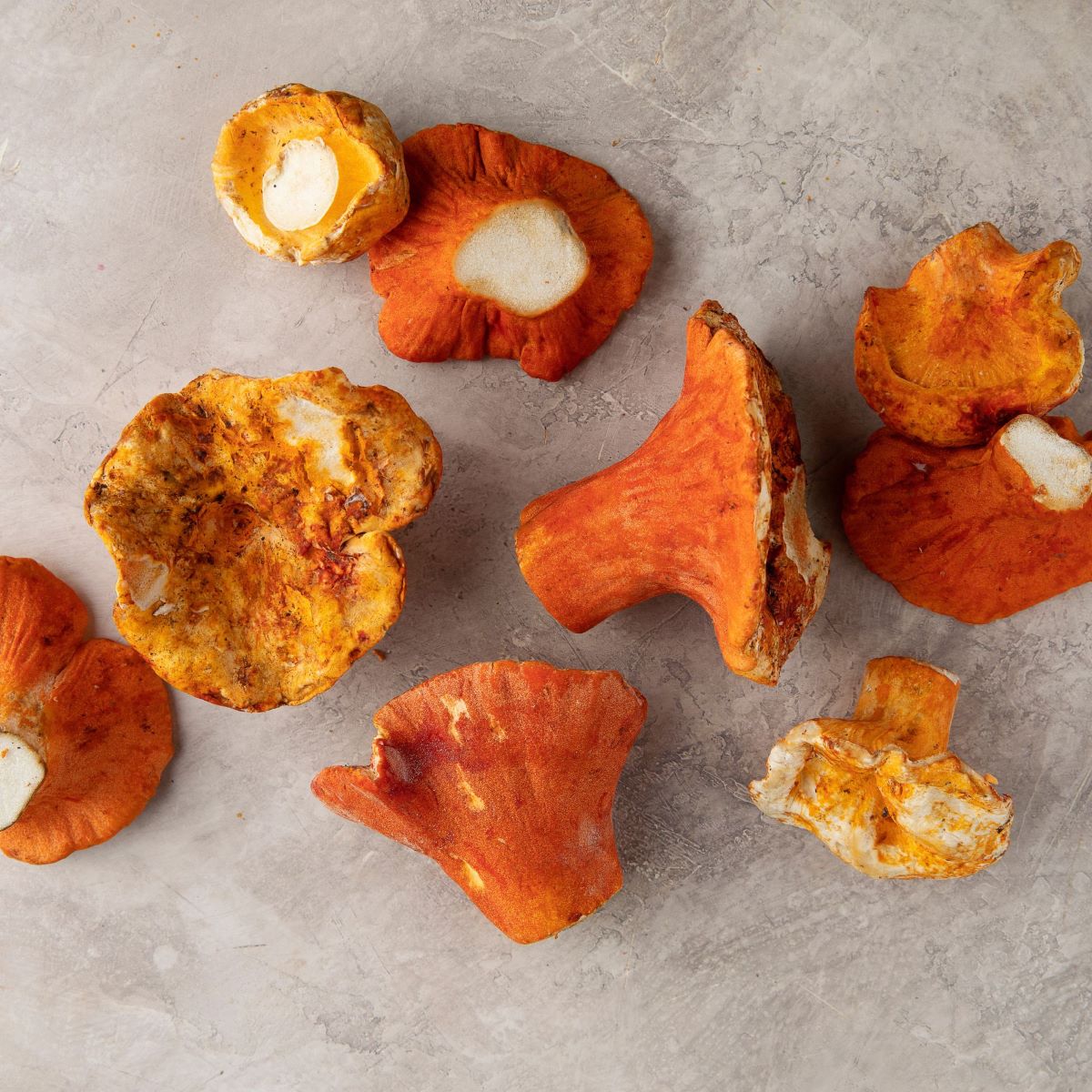
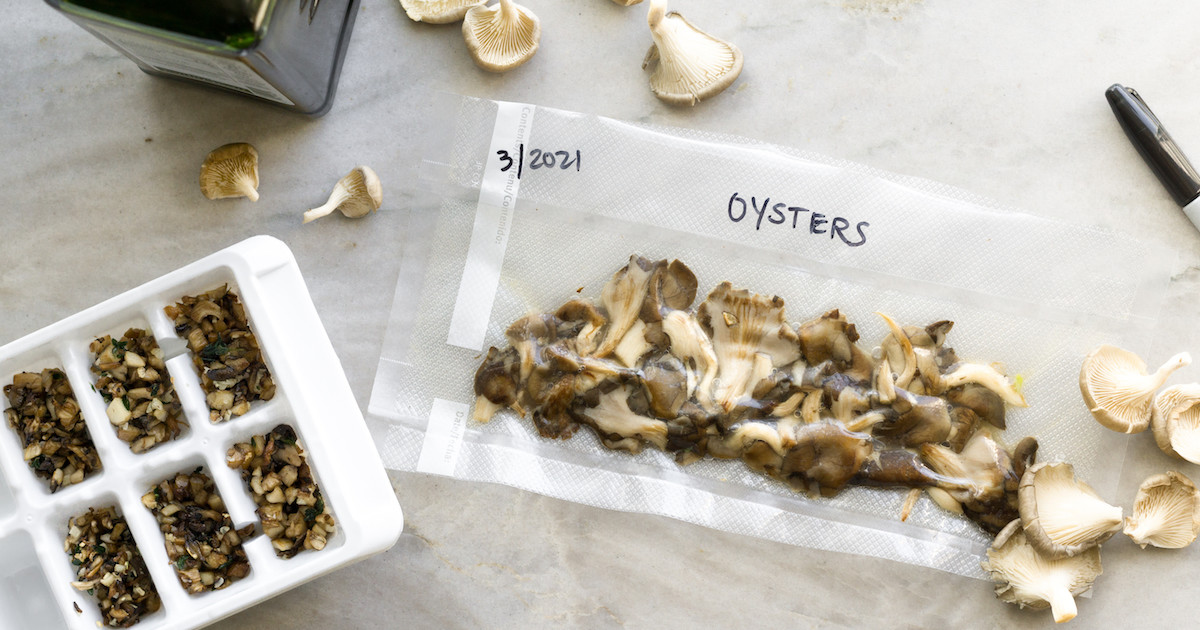
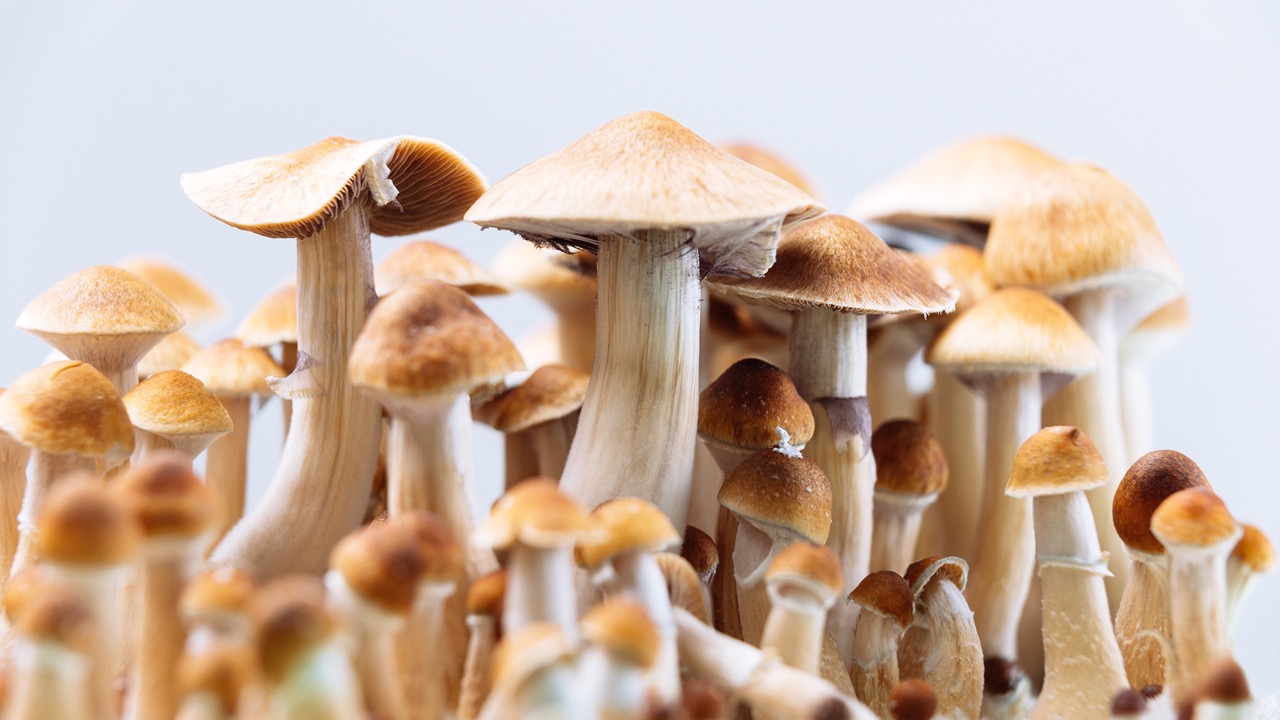
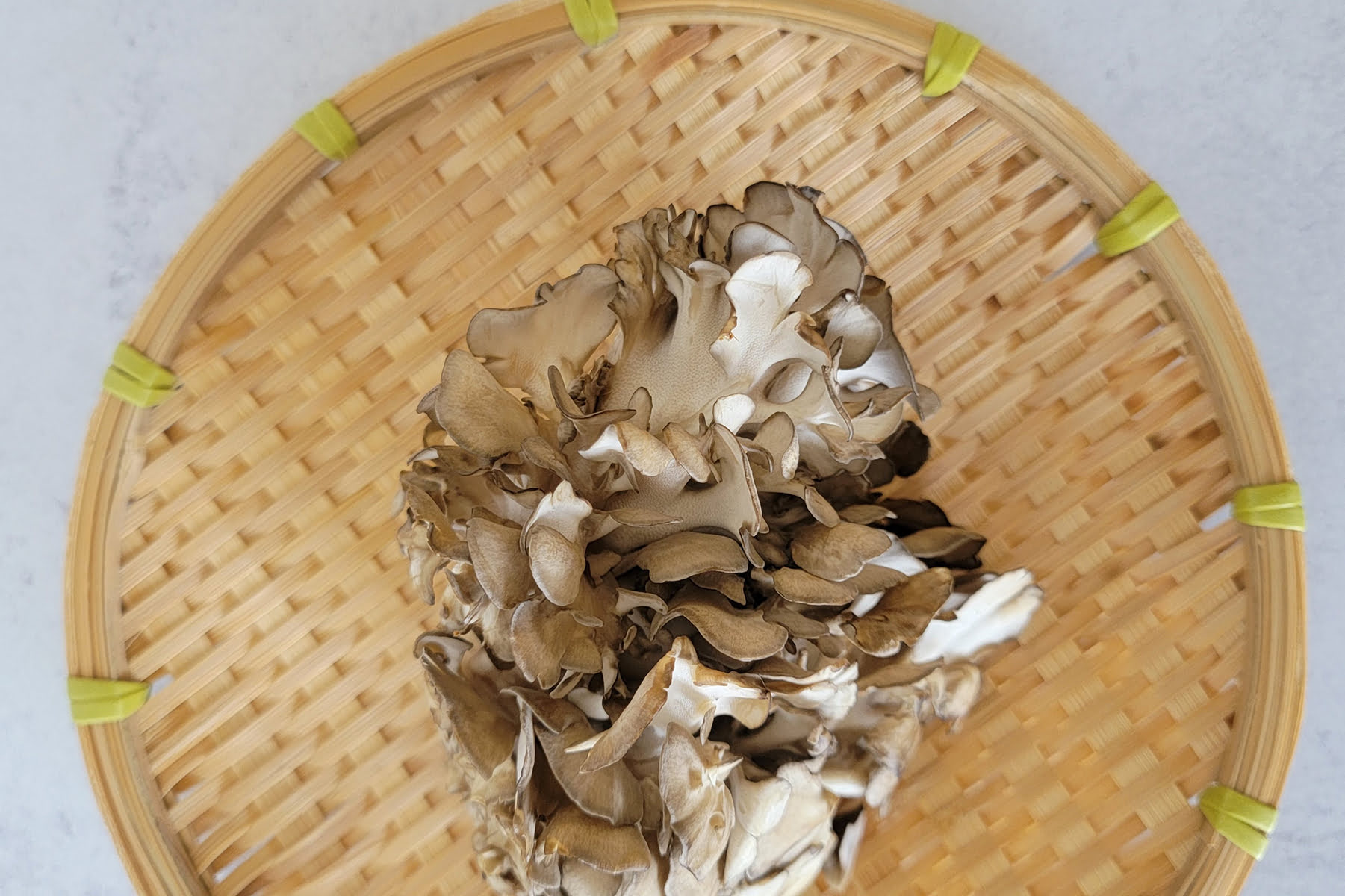
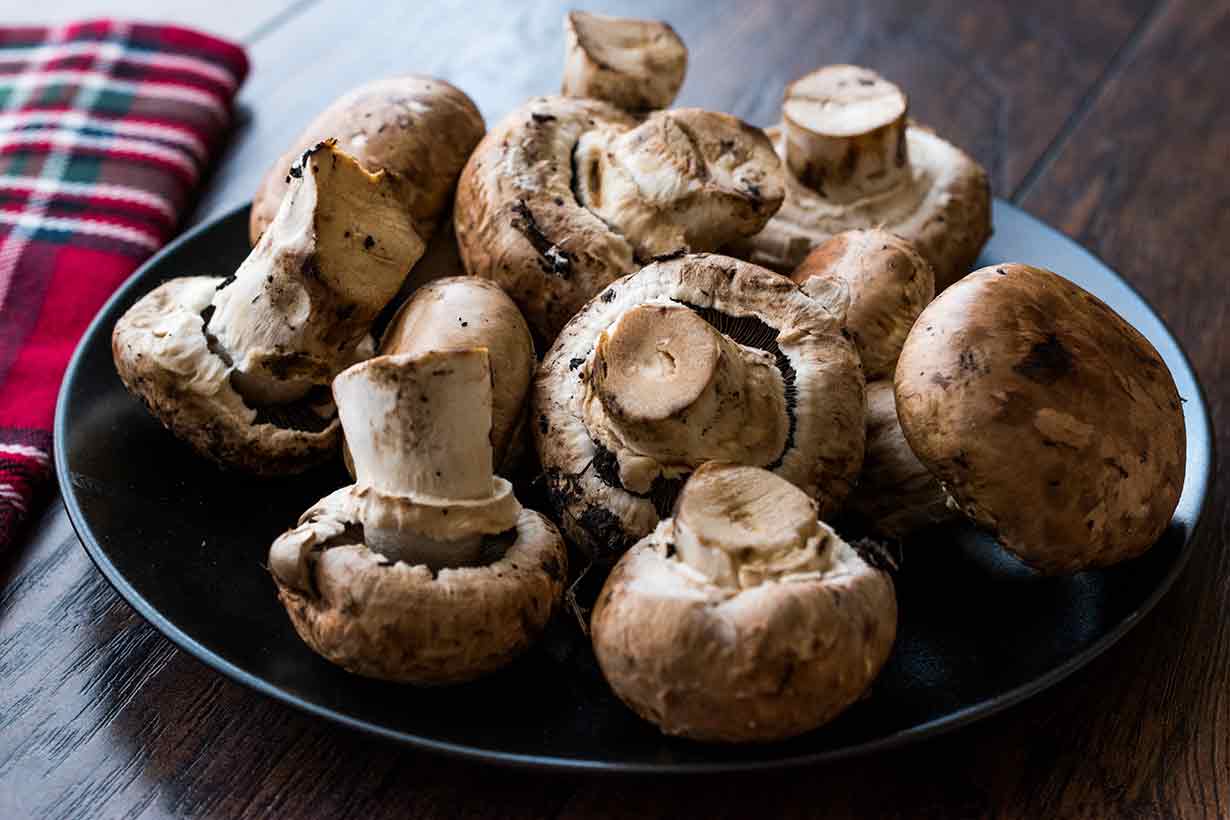
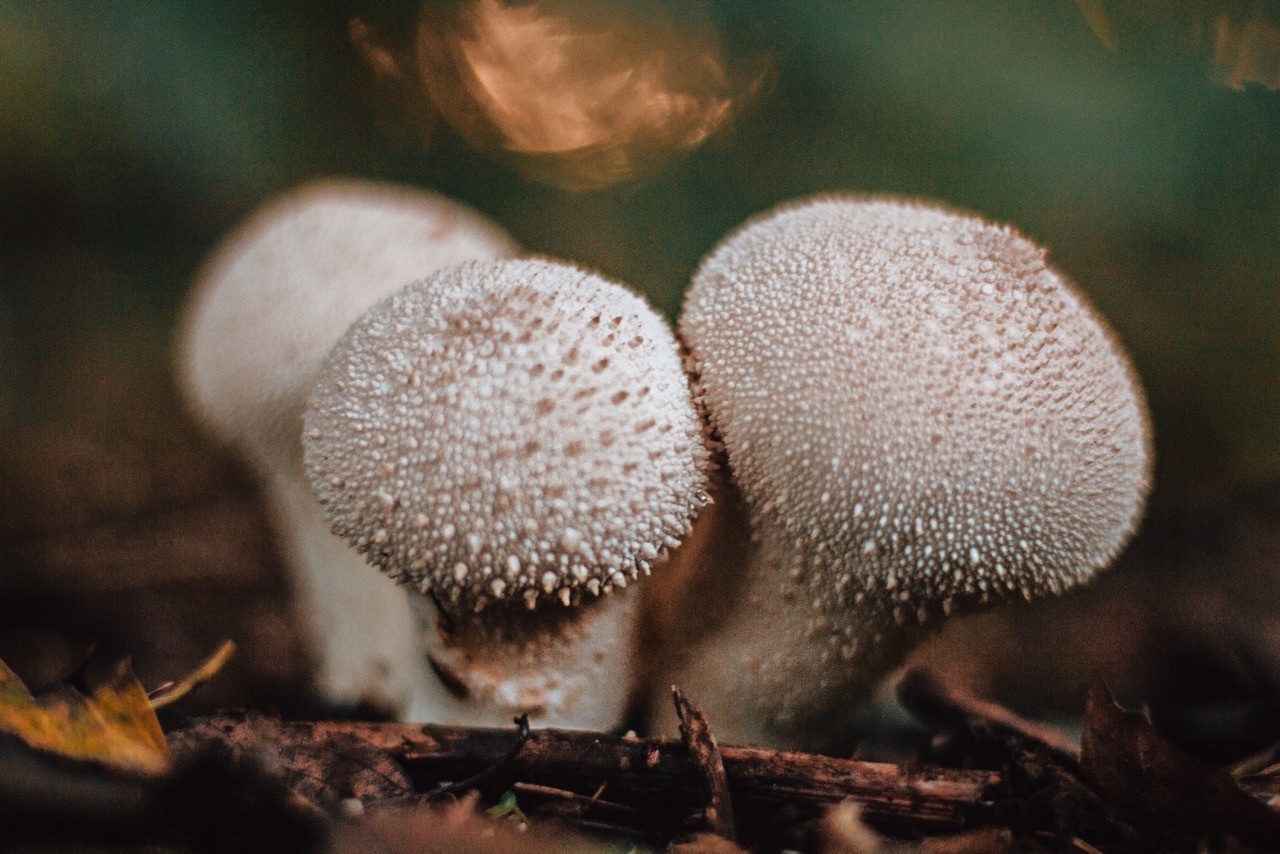

0 thoughts on “How To Store Foraged Mushrooms”